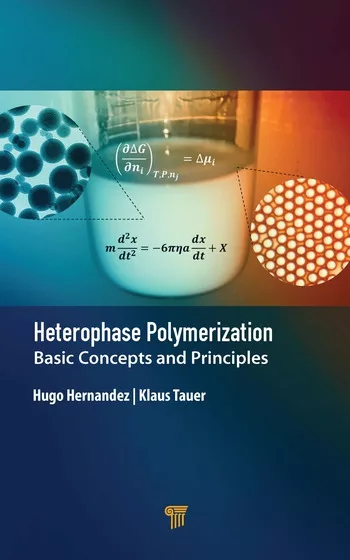Ask Dr. Dave
Adhesives and sealants troubleshooting tips from Dr. Dave Dunn.
Question: I am researching gluing products and production methods for a customer. I will be bonding polypropylene, polycarbonate, polyethylene or polymethylmethacrylate plastics to a coated aluminum foil. The plastic pieces will cover small compartments containing the customer’s product, and I need to be able to peel away the plastic piece, taking the entire foil piece to which it has been glued without any possibility of failure. I need to obtain around 20 N/cm². I cannot have temperatures over 50°C during the gluing procedure, and I need the adhesive to have FDA approval. What do you recommend?
Answer: I might have recommended a high-performance hot melt for your application, but since you don’t want to exceed 50°C as your application temperature, I think you should look at a cyanoacrylate adhesive. Several FDA-approved cyanoacrylates are available. However, if you choose to use the polypropylene or polyethylene as your substrate, you will need to treat the surface (e.g., plasma treatment or a special polyolefin primer with the adhesive).
Question: We want to adhere PVC to PVC and EVA to PVC without using a cyanoacrylate adhesive. What is the solution?
Answer: PVC can often be a difficult substrate to bond, particularly if it is flexible. Adhesives that give a good initial bond often degrade over time because of plasticizer migration from the PVC. Assuming that you don’t want to handle a solvent-containing adhesive, I would recommend that you look at a tough acrylic adhesive for the application. These adhesives are available as either two-component mixable systems or as a system comprising a low-viscosity primer applied to one surface and the adhesive to the other surface.
Question: I am researching gluing products and production methods for a customer. I will be bonding polypropylene, polycarbonate, polyethylene or polymethylmethacrylate plastics to a coated aluminum foil. The plastic pieces will cover small compartments containing the customer’s product, and I need to be able to peel away the plastic piece, taking the entire foil piece to which it has been glued without any possibility of failure. I need to obtain around 20 N/cm². I cannot have temperatures over 50°C during the gluing procedure, and I need the adhesive to have FDA approval. What do you recommend?
Answer: I might have recommended a high-performance hot melt for your application, but since you don’t want to exceed 50°C as your application temperature, I think you should look at a cyanoacrylate adhesive. Several FDA-approved cyanoacrylates are available. However, if you choose to use the polypropylene or polyethylene as your substrate, you will need to treat the surface (e.g., plasma treatment or a special polyolefin primer with the adhesive).
Question: We want to adhere PVC to PVC and EVA to PVC without using a cyanoacrylate adhesive. What is the solution?
Answer: PVC can often be a difficult substrate to bond, particularly if it is flexible. Adhesives that give a good initial bond often degrade over time because of plasticizer migration from the PVC. Assuming that you don’t want to handle a solvent-containing adhesive, I would recommend that you look at a tough acrylic adhesive for the application. These adhesives are available as either two-component mixable systems or as a system comprising a low-viscosity primer applied to one surface and the adhesive to the other surface.
Links
Looking for a reprint of this article?
From high-res PDFs to custom plaques, order your copy today!






